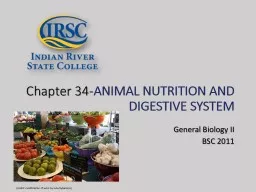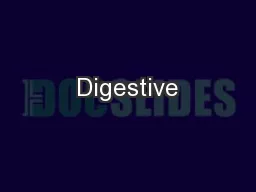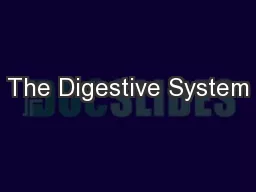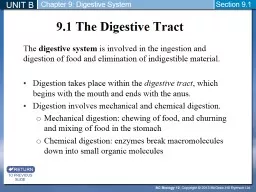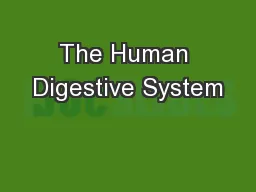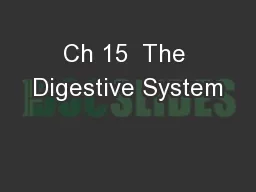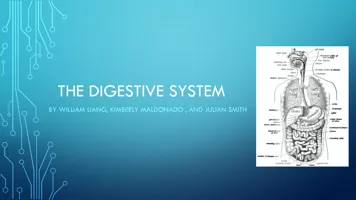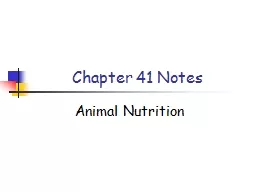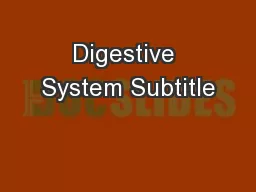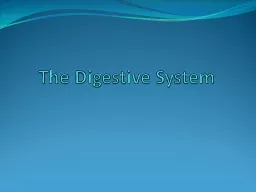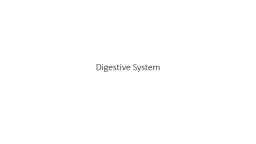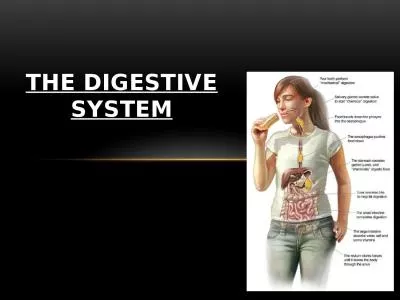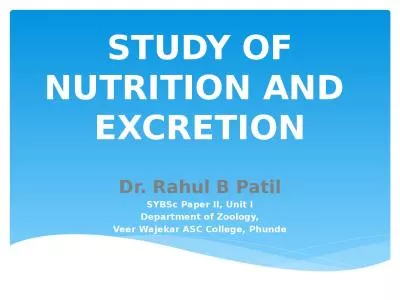PPT-Chapter 34- ANIMAL NUTRITION AND DIGESTIVE SYSTEM
Author : briana-ranney | Published Date : 2018-02-26
General Biology II BSC 2011 Insert photo here representing chapter credit modification of work by Julie Rybarczyk Types of Digestive Systems Heterotrophs are divided
Presentation Embed Code
Download Presentation
Download Presentation The PPT/PDF document "Chapter 34- ANIMAL NUTRITION AND DIGESTI..." is the property of its rightful owner. Permission is granted to download and print the materials on this website for personal, non-commercial use only, and to display it on your personal computer provided you do not modify the materials and that you retain all copyright notices contained in the materials. By downloading content from our website, you accept the terms of this agreement.
Chapter 34- ANIMAL NUTRITION AND DIGESTIVE SYSTEM: Transcript
Download Rules Of Document
"Chapter 34- ANIMAL NUTRITION AND DIGESTIVE SYSTEM"The content belongs to its owner. You may download and print it for personal use, without modification, and keep all copyright notices. By downloading, you agree to these terms.
Related Documents

